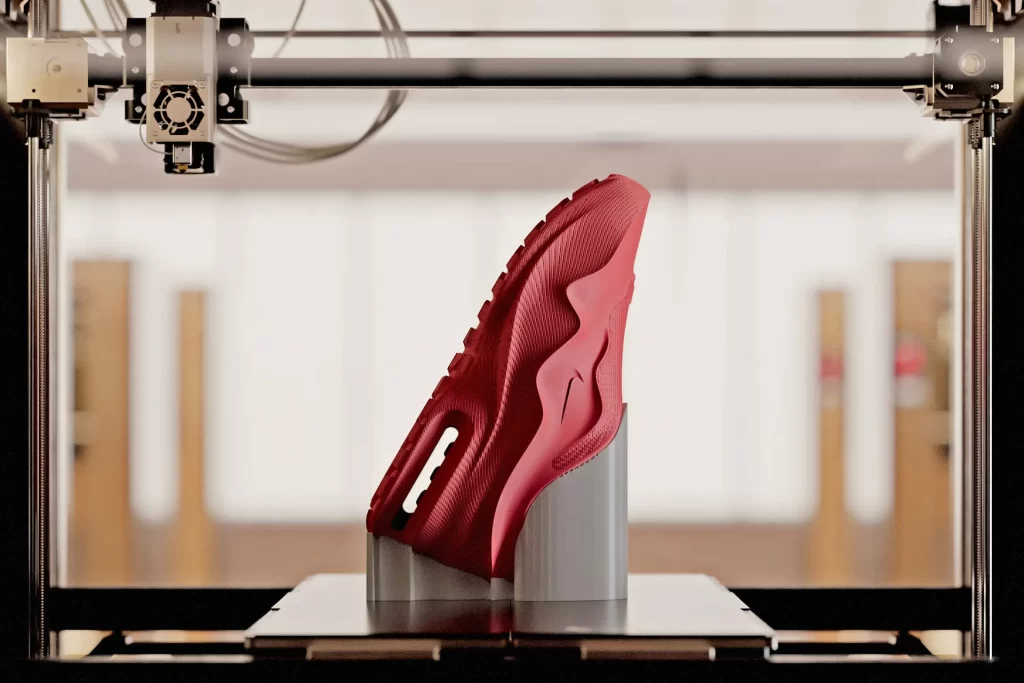A new category is reshaping the additive manufacturing landscape: 3D printer farms powered by hundreds of low-cost material extrusion machines. Once considered unreliable and too expensive for mass production, these systems have now matured into a robust and profitable solution for serial manufacturing. The industry has evolved significantly, making it viable for businesses to deploy large fleets of sub-$3,000 3D printers (at less than the cost of one industrial 3D printer) to produce durable thermoplastic parts at scale.
It’s strange to think that you can buy 100 Prusa 3D printers for the cost of 1 HP MJF machine. There was a time when filament extrusion looked doomed: too slow and unreliable, destined to be replaced by high-speed production processes like MJF. Now, the tables appear to have turned. But that’s the 3D printing roller coaster. We don’t know exactly when (though we can make guesses and projections), but the tables will turn again. And again. The only constant thing is change.
Originally lumped into categories like SMEs or large factories, these extrusion 3D printer farm companies now form a distinct group, blending scalability with affordability. Their approach echoes early experiments with 3D printer arrays but with one critical difference: today’s machines are far more reliable, and the business models are proven.
VoxelMatters’ new Polymer AM Market 2025 report focuses on this relatively new additive manufacturing segment, providing data and insights on filament extrusion for parts production, filament materials consumption and quantifying the projected business opportunity.
Let’s explore some of the pioneering firms driving this trend.
Slant 3D
Based in the US, Slant 3D is one of the most well-established printer farms. It was the first “new generation” 3D printer farm, moving away from unprofitable business models like those seen in the past. Its founder and CEO, Gabe Bentz, is an active advocate for using 3D printer farms in serial manufacturing and provided the idea for this article (with the video below). He said he only wanted to design and market 3D printed parts, but found existing service bureaus too expensive. So, he made a pivot and Slant 3D deployed the world’s largest 3D printer farm. The company now uses desktop 3D printers to make products at scale. It operates hundreds of in-house machines, focusing on on-demand production of end-use parts. Their Print Farm Platform even allows businesses to outsource entire product lines.
Lost Boys Lab
A Sweden-based innovator, Lost Boys Lab runs a vast 3D printer farm inside its robotic factory, Zeppelin. With over 150 industrial 3D printers, including UV printers, and laser engraving machines, is arguably the largest 3D printer farm in the Nordics. Lost Boys Lab specializes in rapid prototyping, end-use parts, and volume 3D manufacturing — from single units to full production batches, with fast turnaround times and full-service product design and production options.
Zellerfeld
Zellerfeld, a pioneer and leader in the new age of 3D printed footwear, grew from a shop’s basement in New York City to an internationally successful manufacturer of (and marketplace for) on-demand, fully 3D printed designer and personalized shoes. After building its own facility with 200 3D printers and the ability to produce a few hundred pairs, the company aims to scale its production environment to several thousand, as many as 5,000, 3D printers. Zellerfeld turned to the Fraunhofer Institute for Additive Production Technologies IAPT experts to conceptualize the new infrastructure that would be the world’s largest additive production factory.

Dancyn 3D Prints
Founded by Dan and his wife Cyn, this family-owned business leverages dozens of 3D printers to produce high-quality, low-cost 3D printed parts and accessories, particularly for gaming and hobbyist communities. They use over 127 top-of-the-line 3D printers and meticulously select materials to guarantee the durability and detail of each piece. Whether personalized home decor, innovative gadgets, or one-of-a-kind gifts, every item is crafted with the utmost care.
Out of Darts
Out of Darts operates an impressive Prusa printer farm that manufactures parts for customized Nerf blasters. Their story is a case study in how hobbyist-driven innovation can evolve into a scalable business. The company runs over 50 Prusa i3MK3s and Prusa Mini 3D printers for 3D printing Nerf mods. According to founder Luke Goodman, “running this many printers has been an ongoing learning experience. Sorting out print schedules and timing alone took 10 months to get solidified.”

ZB Designs
ZB Designs offers a wide range of custom and print-on-demand services using a fleet of extrusion-based printers. Their versatility makes them a go-to partner for small-batch consumer product production. ZB is also a family-owned business (husband and wife). The company has scaled into multiple locations from humble beginnings in a one-bedroom apartment. It is well on its way to expanding its operations with a plan for over 600 high-quality 3D printers. This growth reflects an amazing response from its customers.

Prusa Research
Prusa doesn’t just build 3D printers—it uses them, too. With over 600 machines, its print farm is one of the world’s largest and is mainly used to manufacture parts for its products. The printer composition started as a mix of Original Prusa I3 MK3 printers and MK2S, with the addition of a magnetic bed with removable steel sheet plates, with new systems added or replaced all the time. The farm operates 24/7. All of the printed parts are made from PETG except for the fan-nozzle shroud, which is made from ABS to withstand higher temperatures. We use 2 kg spools to decrease the frequency of filament spool changes. Each printer can print a set of plastic parts for MK3 in 27 hours. Furthermore, the farm consumes about 1 ton of filament each week.
Gantri
Gantri blends art and technology, using a proprietary 3D printer farm to create premium designer lighting. Their focus on design-led manufacturing shows the creative potential of low-cost extrusion. More generally, though, Gantri operates as a digital manufacturing platform that empowers design-forward brands to create new products with minimal risk, sustainably and in California. From a cutting-edge factory in San Leandro, Gantri has innovated across the board—from hardware and software to automation—enhancing the quality, finish and scalability of 3D printing while maintaining its efficiency, speed and flexibility. The result? The world’s first digital manufacturing process capable of producing unique, high-quality designer lights on demand.

Jinqi Toys
This Chinese company runs one of the most productive printer farms globally, churning out over 30,000 3D printed toys daily. It’s a testament to the power of scalable, extrusion-based production. Founded in late 2023, Jinqi has rapidly become a 3D printed toy production leader. “The number of 3D printers [mainly Flashforge] in the factory has rapidly increased from 500 at the beginning of the year to more than 3,500 at present, and the number of exported products has surpassed 20 million since the start of 2024,” said company representative Zeng Hao. He added that orders are already scheduled through mid-2025, and the company plans to expand its fleet of 3D printers to 10,000.
What was once an experimental setup is now a full-fledged production model. These 3D printer farms exemplify how distributed manufacturing using reliable, low-cost machines can meet industrial-scale demands. As the technology matures further, expect this segment to expand even more rapidly, blurring the lines between prototyping and full-scale production.
Koobz
Last, in order of time, but not least, Koobz, a footwear additive manufacturing company, has closed its Seed funding round, reaching a total capital of $7.2 million. The Ventura-based startup is using the fund to build up its manufacturing capabilities, targeting shoes made in the United States using AI, robotics, and 3D printing. Koobz plans to use the funding to move into a new headquarters in Ventura, ending its early chapter of operations run out of a garage.

This new space will house its first MVP factory, equipped with 800 industrial 3D printers and targeting production of 200,000 pairs of shoes by the end of 2026. The round was led by Uncork Capital, with participation from Cake Ventures, Antler, V1, Karman Ventures, Pathbreaker Ventures, and Anorak Ventures. These investors trust a vision where advanced manufacturing is essential to America’s industrial future.
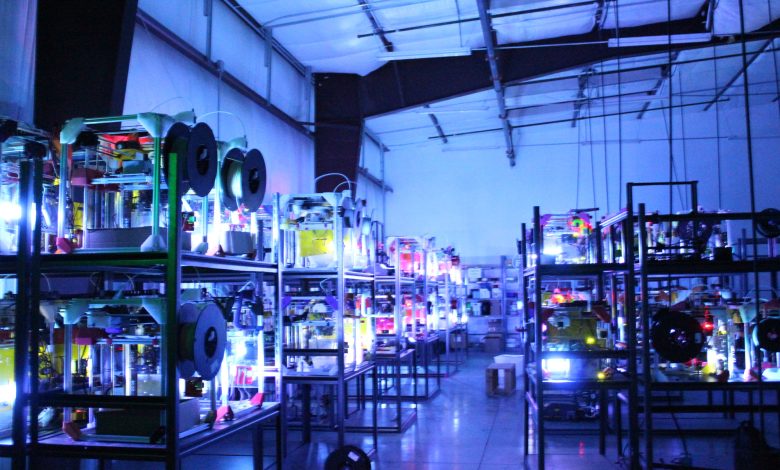


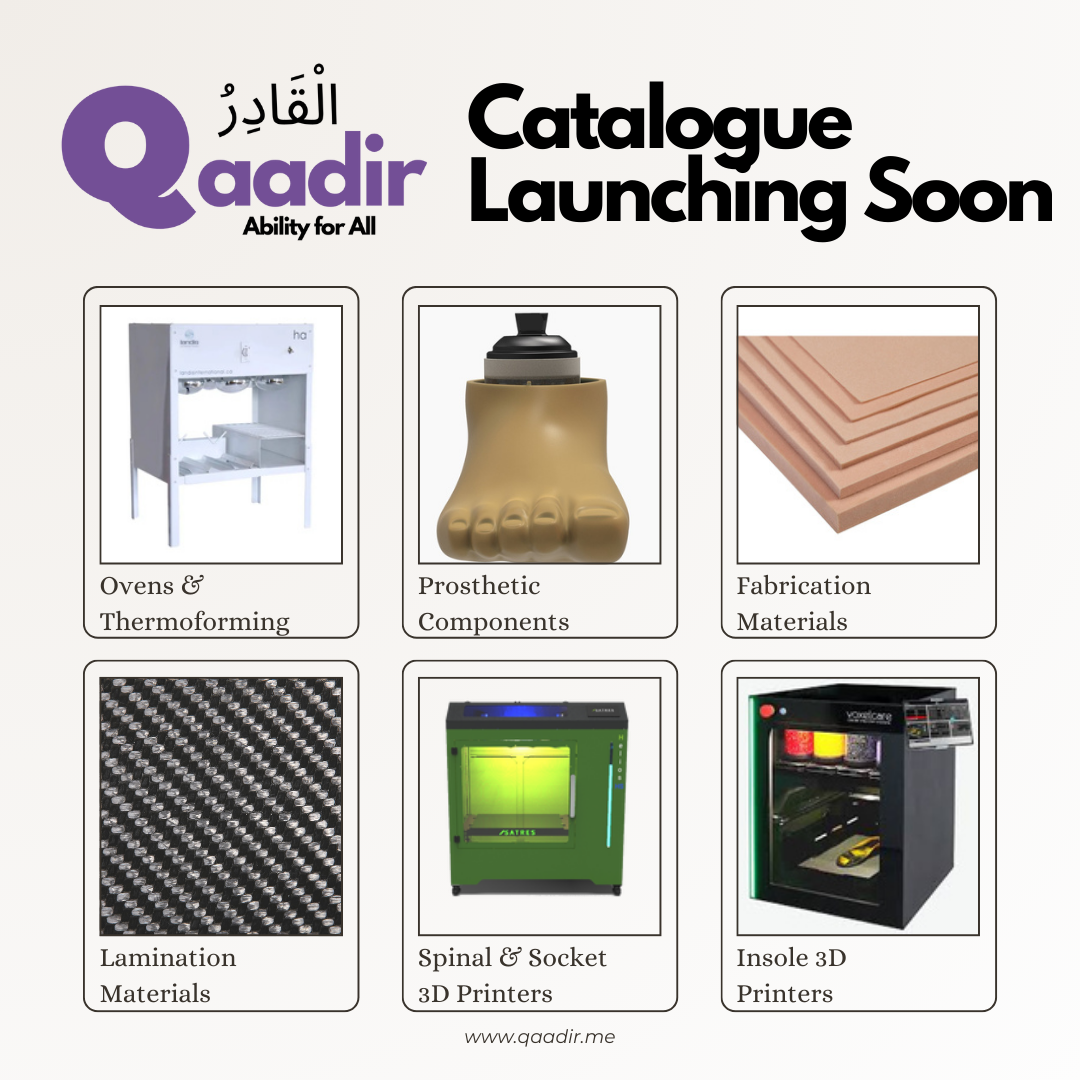
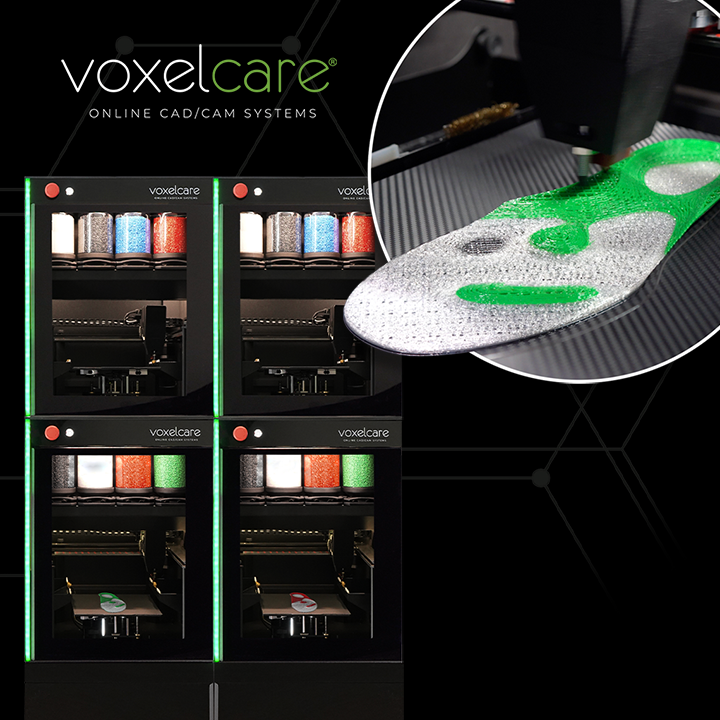

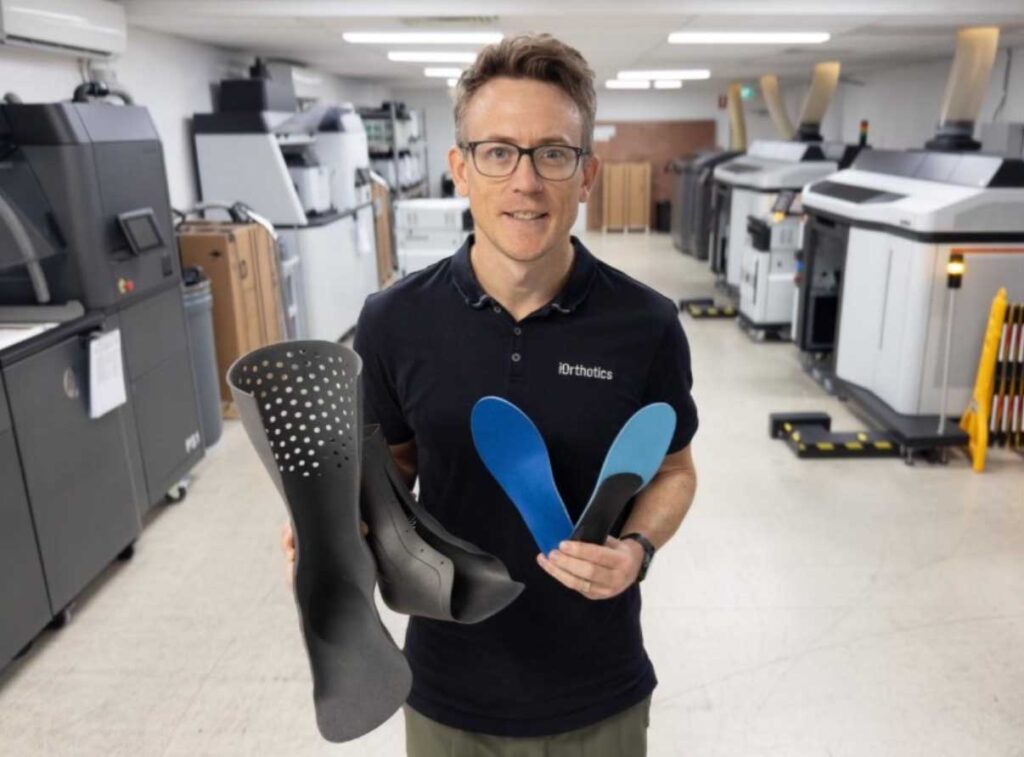


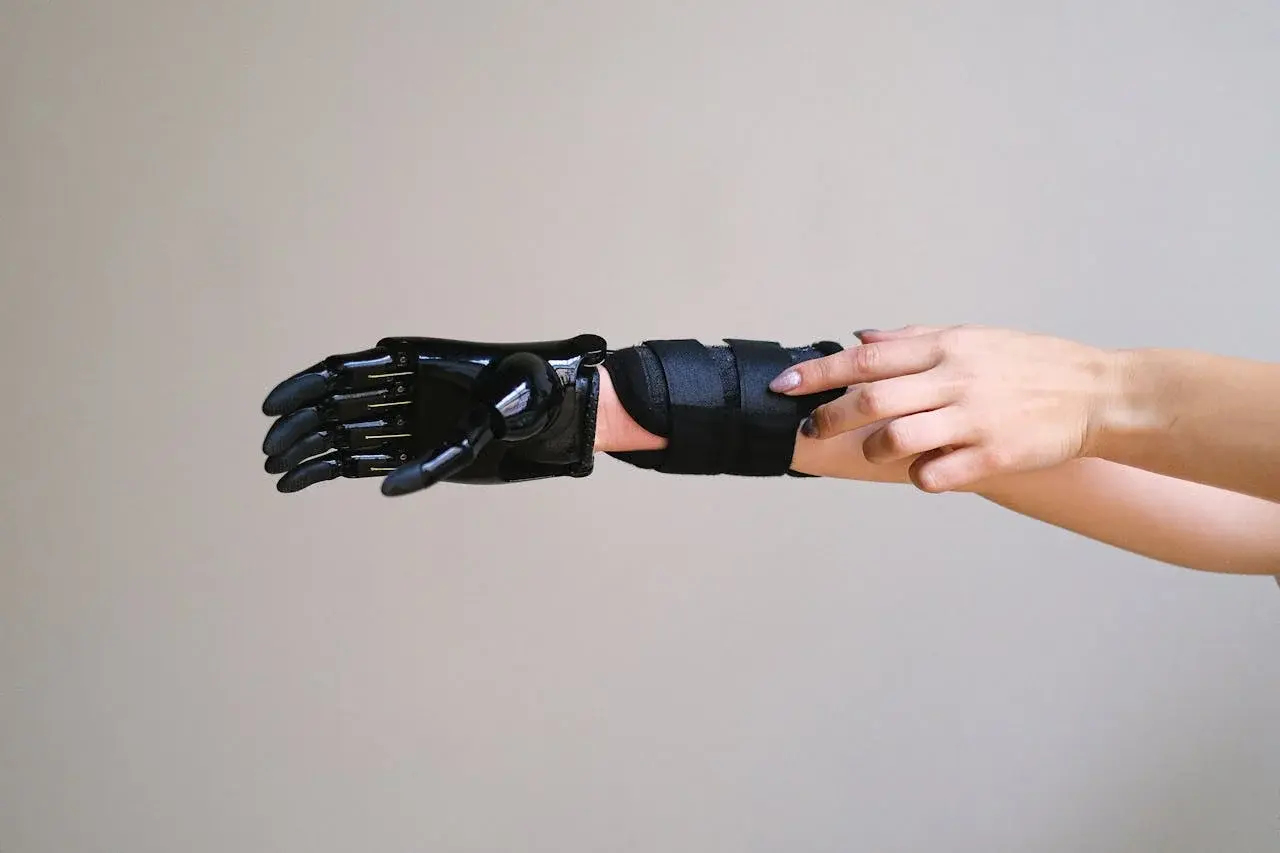
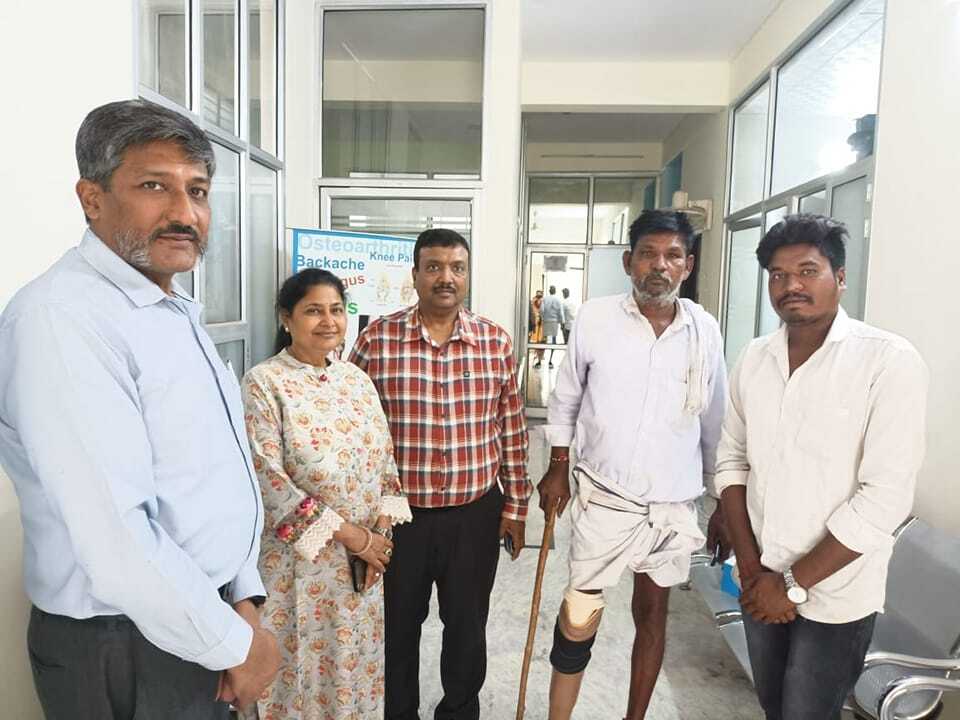
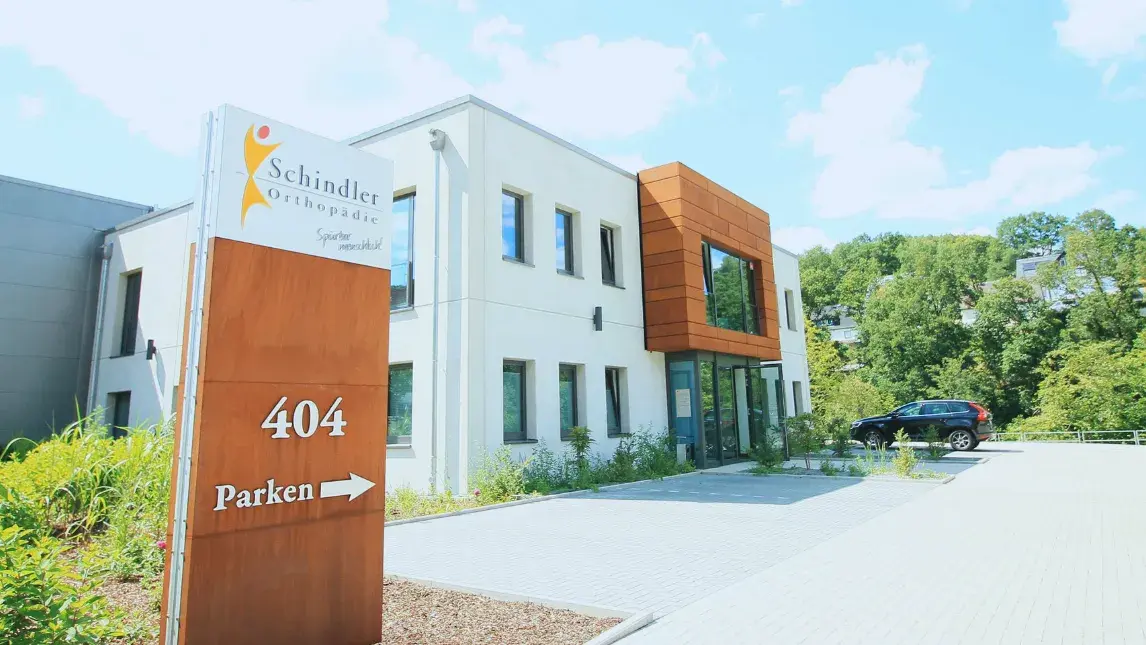

-1.png)

